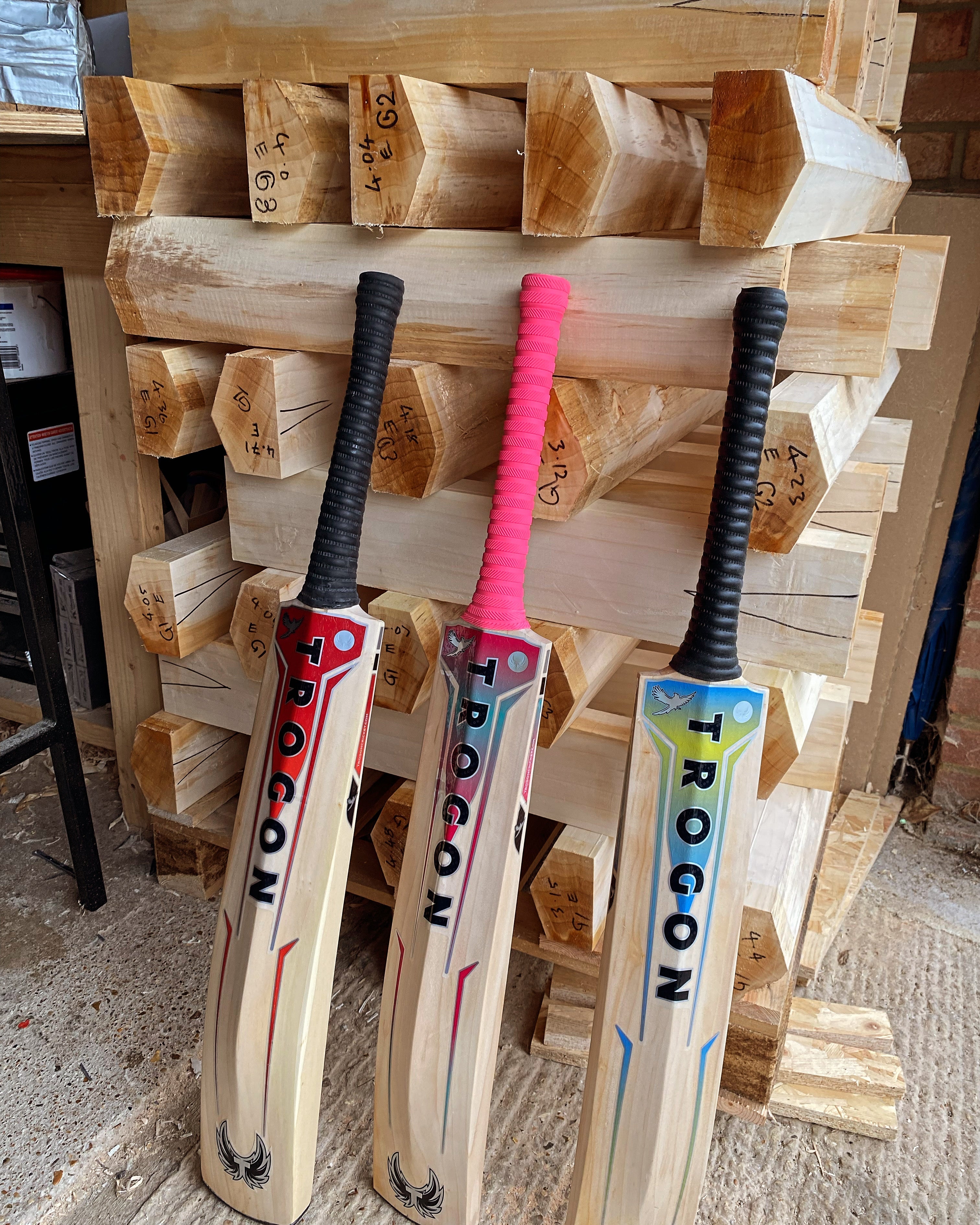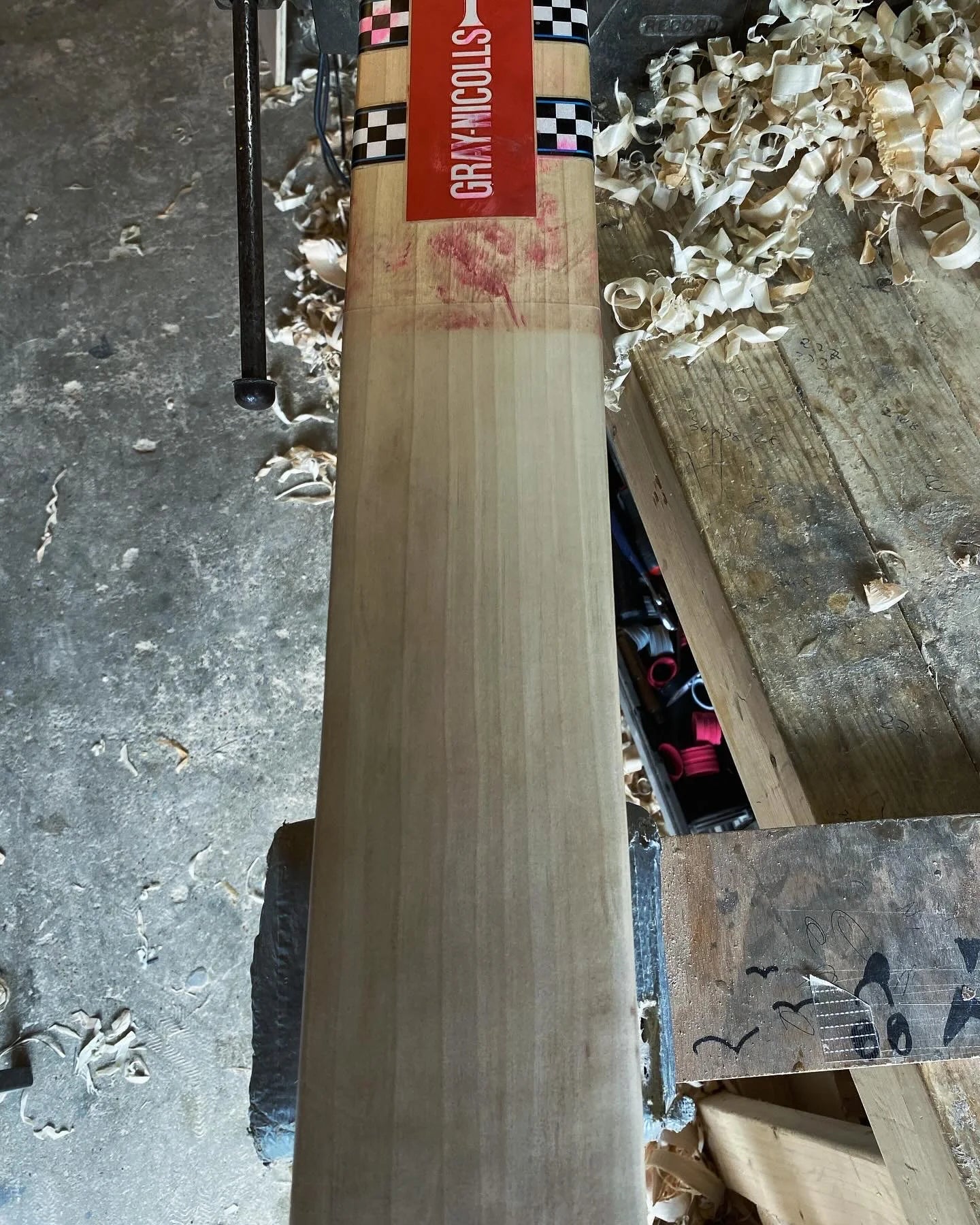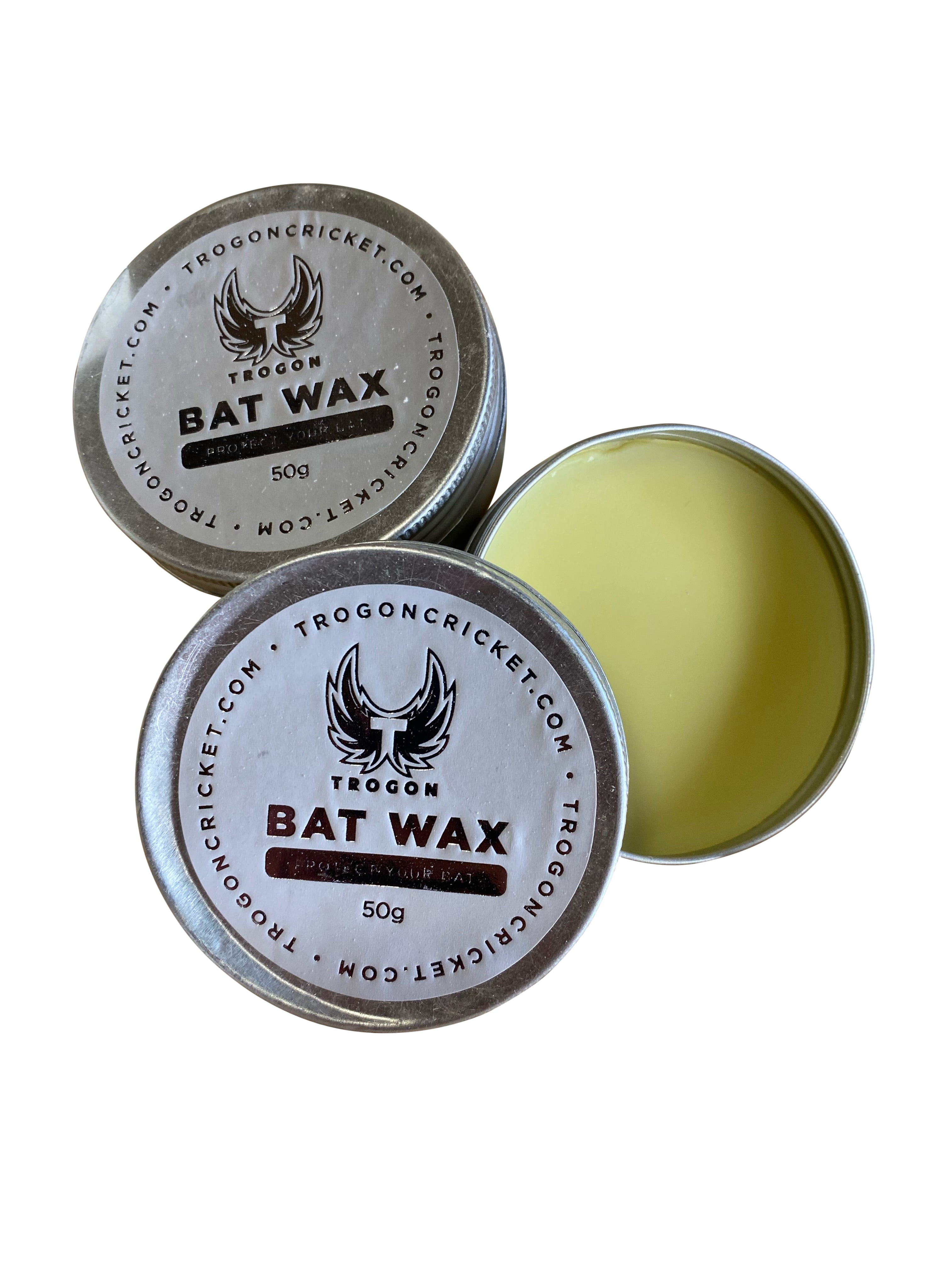The off-season provides the perfect opportunity for cricket bat off-season preparation. By giving your bat the attention it deserves now, you can extend its lifespan, maintain its performance, and avoid any unwelcome surprises when you return to the crease for winter nets.
In this guide, we’ll delve into the critical aspects of maintaining your cricket bat during the off-season, covering everything from storage to oiling, so you can keep your bat in prime condition.
But before we jump in, what does cricket bat off-season preparation mean?
Looking after your cricket bat in the off-season involves proper storage, regular maintenance, and protective measures to keep it in top condition. This is crucial to prevent damage, extend the bat's lifespan, and ensure it's ready for peak performance when the new season or winter nets start.
Right, continue reading and get all the nitty-gritty details.
Proper Storage: Protecting Your Bat from the Elements
The off-season is a time when your bat isn't seeing regular use, but that doesn’t mean it should be neglected, which can be difficult if you've had a tough season with the bat, I've been there more times than I care to remember, and I've just left my bat in my bag all winter, not good!
Proper storage is crucial to ensure that your bat stays in optimal condition. The environment in which you store your bat can have a significant impact on its longevity performance and overall bank balance.
Your cricket bat should be stored in a location where the temperature remains relatively constant. Cricket bat off season preparation begins with selecting a place that is cool, but not cold, and certainly not subject to extreme temperature fluctuations.
A temperature-controlled environment
A temperature-controlled environment helps prevent the wood from expanding and contracting, which can lead to cracks and splits.
Additionally, the storage area should not be too dry, as excessively dry conditions can cause the wood to become brittle and prone to cracking.
On the other hand, if the environment is too humid, the bat may absorb moisture, leading to swelling and potential rotting - see below for a bat that rotted that came into the workshop:

This bat, which was a lovely piece of wood, probably a grade 2+ with lovely straight grains was left all winter in damp warm conditions in his cricket bat, and the entire toe and one side of the bottom of the bat were mouldy, no chance of getting this repaired.
Ideally, a storage room or a well-ventilated shed is a perfect spot. Avoid storing your bat in areas like basements or attics where temperature and humidity levels can be unpredictable.
By ensuring your bat is stored in the right conditions, you protect it from environmental damage, making sure it remains match-ready for when the season begins again.
This step in your cricket bat end-of-season preparation is simple yet crucial for preserving the life of your bat.
This is what we at Trogon recommend before you put your bat in storage, and remember if you do not want to or can't do it, we can do it for you with our end-of-season cricket bat prep service.
Things to consider: There is nothing worse than getting your bat out of the garage for winter nets only to find it overly dry and damp, both of which will ruin your bat's performance. Make sure your bat is stored in a temperature natural place over the winter months.
Extratec, Antiscuff Sheets, and Tape: Shielding Your Bat from Wear and Tear
To protect your bat from the rigors of regular use and reduce the amount of maintenance it requires, many cricketers choose to apply an Extratec sheet or an antiscuff cover.
These protective measures are an essential part of cricket bat off season preparation as they help in maintaining the structural integrity of the bat - I have written an interesting blog post about Cricket Bat Face protection which is worth a read.
An Extratec sheet is a clear, self-adhesive plastic covering that is applied to the face of the bat. This sheet acts as a shield, absorbing some of the impact from the ball, which helps to reduce the chances of surface cracks and other forms of damage.

The above images shows a cricket bat that came through the workshop looking for a full refurb and extratech added.
While the primary function of the Extratec sheet is to protect the face of the bat, it also strengthens the edges, which are particularly vulnerable to damage from ball impacts and means you don't have to add edge tape to the bat like you would with anti-scuff.
One of the benefits of using an Extratec sheet is that it reduces the need for frequent oiling of the bat, as the sheet minimizes moisture loss from the wood, thus lowering the maintenance required during the off-season.
In addition to the Extratec sheet, applying tape—especially fibreglass tape—is a common practice for reinforcing the edges and repairing any small cracks that might occur during play.

The above image shows a cricket bat that comes through for a full refurb and wanted anti-scuff and edge tape which you can see on the bat. Edge tape is almost identical to extra-tech so when using extra-tech you don't need edge tape.
This tape is typically applied after a crack has been repaired, providing extra strength to the affected area. Edges are particularly susceptible to damage because when the ball strikes them, the full force of the impact is concentrated on a small area, making it easier for the wood to chip or crack.
By taping the edges, you add a layer of protection that can prevent serious damage, thus extending the life of your bat which is something we do to all our crickets that come through for end-of-season prep or full cricket bat refurbs.
These protective measures, when applied correctly during your cricket bat end of season preparation, can significantly enhance the durability of your bat, ensuring it remains in top condition for many seasons to come.
Handle and String: Ensuring Stability and Control
The handle of your cricket bat is the primary point of contact between you and the bat. It’s where your power is transferred and control is established, making it a critical component of your bat's performance. Therefore, checking the condition of your handle and string should be a key part of your cricket bat off-season preparation.
Over time, the string that binds the handle can wear out, becoming frayed or detached from the handle. This can lead to a loss of control and power, as the connection between the handle and the blade becomes compromised.
To check the condition of your handle and string, begin by removing the grip. This gives you a clear view of the underlying structure. Look for any signs of wear and tear in the string, such as fraying, parting, or areas where the string is no longer tightly bound to the handle.
Once the string has been inspected, it’s time to check the spring of the handle.

At Trogon we string all our handles in our workshop and restring bats that require them. The above image is me stringing a handle and making sure the ends are nice a neat.
This can be done by placing the toe of the bat on the ground and applying pressure to the handle, similar to the position you would adopt when taking a stance at the crease.
Pay attention to how the handle responds. If you notice that the handle feels loose, or if the springiness has changed from what you’re accustomed to, it might be a sign that the handle needs to be re-bound or, in more severe cases, replaced.
Taking the time to inspect and, if necessary, repair the handle and string is a vital step in cricket bat end-of-season preparation. A well-maintained handle ensures that your bat remains responsive and powerful, giving you the confidence to perform at your best when the new season begins.
Oiling: Nourishing the Wood for Longevity
Oiling your cricket bat is one of the most traditional and essential aspects of bat maintenance. Regular oiling helps to maintain the moisture content in the wood, preventing it from becoming too dry and brittle - here at Trogon we have our own cricket bat wax that you can order, it's the same as linseed oil just in a wax format.

This is particularly important during the off-season when the bat isn’t being used as frequently. Proper oiling during your cricket bat off season preparation ensures that the bat remains in excellent condition, ready for the demands of the new season.
When oiling your bat for the first time, or if it hasn’t been oiled for a while, it’s recommended to apply the oil/wax in multiple light coats.
Start by pouring or rubbing a small amount of oil/wax onto a clean cloth or rag. Apply a light, even coat to the surface of the bat, ensuring that you cover all exposed areas of the wood.
Don't Oil the Splice
Be careful to avoid the splice—the area where the handle meets the blade—as oil can weaken the glue, causing the handle to loosen.
After applying the first coat, allow the bat to dry in a cool, shaded area. Avoid placing it in direct sunlight, as this can cause the oil to dry too quickly and unevenly.
After 24 hours, check the bat to see if the oil has been fully absorbed. If the wood still looks dry, apply another light coat. Repeat this process two or three times until the bat has a healthy sheen, indicating that it has absorbed enough oil.
This careful approach to oiling during your cricket bat end-of-season preparation will help protect the wood, ensuring that it remains supple and resilient, capable of withstanding the rigours of the game and a cold winter.

Trogon Top Tip
If using our Trogon bat wax or any other bat wax, place a little between your fingers and then rub across the bat. Here at Trogon, we use this method as it provides just enough for the full face of the bat; remember to avoid the splice area.
Toe Guards: Protecting the Most Vulnerable Part of Your Bat
The toe of your cricket bat is one of the most vulnerable areas, particularly susceptible to moisture damage especially if you are playing in the English summers which seem to be getting wetter and wetter.
Moisture can cause the toe to swell, crack, or even split, leading to a significant reduction in the bat's lifespan. Many players choose to fit a toe guard as part of their cricket bat off-season preparation to prevent this.
Toe guards (which you can buy through us) are small pieces of rubber or plastic that are glued to the toe of the bat. They come in various colours and sizes, allowing players to choose one that fits their bat and personal preferences.
The primary function of a toe guard is to create a barrier between the wood and the ground, protecting the toe from absorbing moisture when the bat makes contact with wet grass or damp surfaces.
Fitting a toe guard is a simple process that can have a significant impact on the longevity of your bat.
- First, ensure that the toe of the bat is clean and free of any dirt or debris.
- Apply a strong adhesive to the toe, then carefully attach the guard, pressing firmly to ensure a secure fit.
- Allow the adhesive to dry completely before using the bat or storing it for the off-season.
Including a toe guard in your cricket bat end-of-season preparation helps to protect the most vulnerable part of your bat, ensuring that it remains in good condition, ready for when you need it.
Conclusion
At Trogon Cricket, we specialize in all cricket bat repairs, from rehandling to fixing surface cracks and everything in between. We have years of experience in fixing cricket bats for all different players and all different cricket bats and not only Trogon Cricket bats, we can fix all brands.
Buying With Confidence from Trogon
If you've reached this point, I sincerely thank you for reading it all through. Your interest and support mean the world to me, and it's greatly appreciated.
Whether you're here to learn more about our cricket bats or other products or just out of curiosity, your engagement makes a real difference. Thank you for being part of our Trogon journey.

Trogon Product Guarantee
6-month guarantee on all cricket bats. That means if you purchase a bat through us and it breaks, as long as it has been knocked in properly, we will replace it like for like. This is our commitment to you on top of your statutory protections when buying products online.
Find the Right Cricket Bat Repair Service
Click on the below and find the perfect cricket bat repair service. Either book in the repair or contact us and we can discuss the repair in more detail.






























